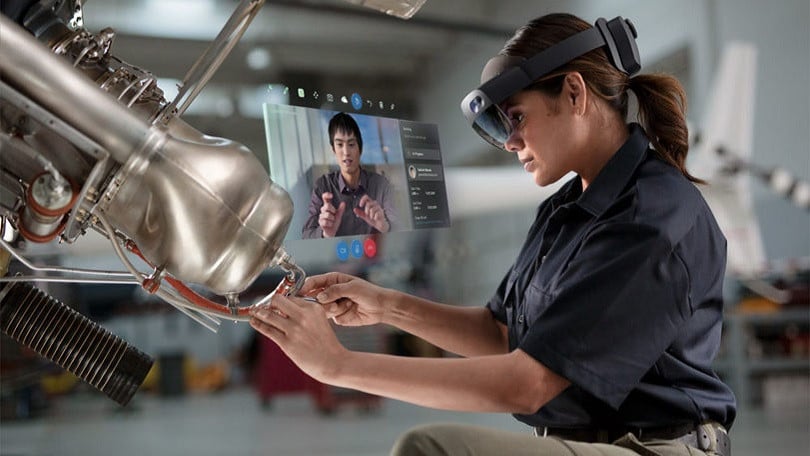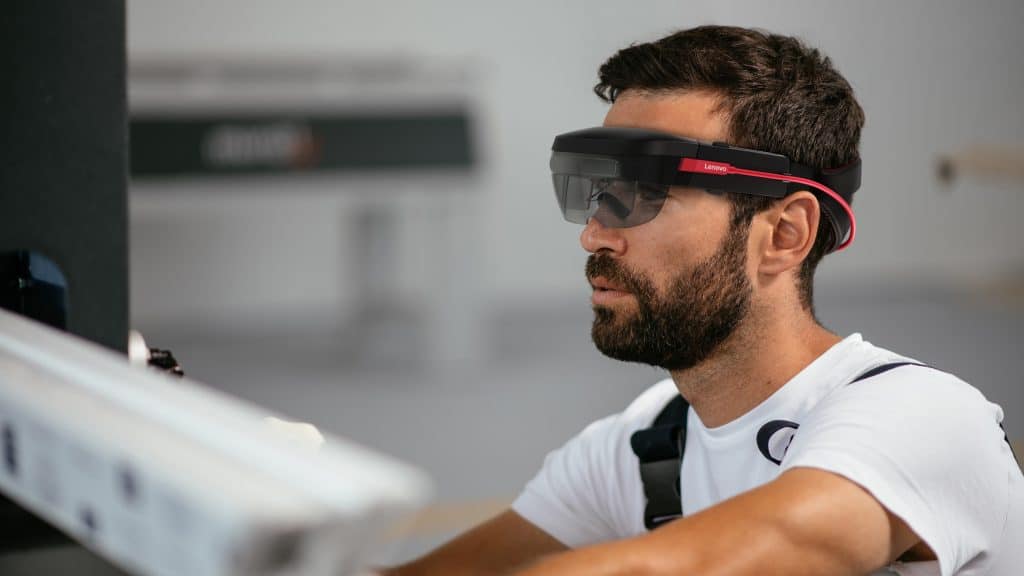
This post is adapted from ARtillery Intelligence’s latest report, Industrial AR: Benefits & Barriers. It includes some of its data and takeaways. More can be previewed here and subscribe for the full report.
Industrial AR is experiencing a slow climb as characterized in the figures we reported last month. This mostly results from slower than expected adoption, which in turn results from organizational inertia. Though industrial AR’s ROI is clear, prevailing resistance often overcomes it.
This all leads to industrial AR’s biggest stumbling block: “pilot purgatory.” As its name suggests, this is when AR is adopted at the pilot stage, but never progresses to full deployment. It happens when AR fails to gain traction due to suboptimal planning, communication and implementation.
These challenges can be studied in a structured way as they map to three key organizational areas. These are what ARtillery Intelligence has begun to call the Three P’s: People, Product and Process. They’re both the root of AR’s problems and the source of its solutions.
As we did in a recent white paper with Re’Flekt, let’s examine them one by one, including the challenges they raise and ways to overcome them. So far, we’ve tackled people and product, including the resistance often seen from industrial front-line workers. Now let’s examine process.

Grass Roots
Flowing directly from product success factors are procedural ones. Like with product, we’ll highlight the biggest factors that can impact AR adoption. They include the process of product planning & implementation, as well as the timing and level of involvement of the IT department.
To achieve the product/market fit we examined last week, true department-level pain points must be understood. That doesn’t happen when AR champions or solutions developers within an organization fail to get input and perspectives of front-line workers and business unit managers.
Innovation and product planning instead often happen in a top-down manner from innovation leaders that work with AR vendors. But without the direct involvement of departmental entities, they’re “flying blind,” in their quest to solve real problems. The result is a mismatch in product fit.
Conversely, bottom-up product planning breeds success by involving front-line workers. That not only pinpoints product features that will solve real operational issues, but it gives front-line workers a sense of ownership and investment in the technology. This can vastly boost their interest.
“They’ve cooked their cake, now they can enjoy it too,” said Re’Flekt CEO Wolfgang Stelzle in a recent report that ARtillery Intelligence co-wrote with Re’Flekt based on industrial AR research.

IT: The Gatekeepers
Many AR champions within organizations make the mistake of sidestepping IT involvement. They figure that it’s more prudent to first prove the technology’s value, then worry about IT. But IT managers are influential gatekeepers and will often resist technology if they are brought in too late.
Involving IT sooner conversely makes them less likely to be surprised or offended by late-stage awareness. Sooner involvement also breeds greater understanding and appreciation for the technology, thus inclination to support it. They are an inevitable force so should be lobbied early.
“I think it’s a common mistake to do an end-run around I.T.,” said Scope AR CEO Scott Montgomerie at AWE Europe. “It’s easy to say ‘yeah, let’s prove the value first and then we’ll worry about I.T. when we get to scale… you need to get them in the conversation early.”
Another way to lessen resistance is start with proven hardware if possible. If the use case aligns, consider deploying AR through smartphones and tablets before headsets. There can be less resistance from risk-averse IT and comfort-driven workers when trusted hardware is the vessel.
And to reiterate a point made earlier in this report, simpler integrations can exist at different points of the AR software spectrum. Remote assistance involves less automation and data transfer which can alleviate data security concerns from IT, as well as technology fears from front-line workers.
See more details about this report or continue reading here.
For deeper XR data and intelligence, join ARtillery PRO and subscribe to the free AR Insider Weekly newsletter.
Disclosure: AR Insider has no financial stake in the companies mentioned in this post, nor received payment for its production. Disclosure and ethics policy can be seen here.
